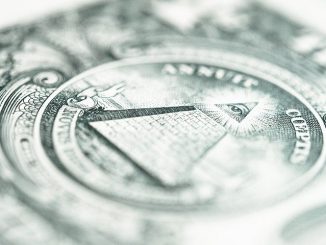I made the case in an exchange last year with Paul Krugman that QE2 was not the first time quantitative easing had been tried in the United States. Moreover, I noted that the original QE was a smashing success with nominal spending experiencing a robust recovery despite the zero bound problem. So when was this original QE program? The answer is from 1933-1936.
I bring this up now for two reasons. First, I just came across this short essay by Richard G. Anderson of the St. Louis Fed that confirms my view that the monetary stimulus program during this time was effectively a QE program (though he says it started in 1932). Second, the original QE program provides a nice counterexample to the more modest accomplishments of QE2. This QE program was put in motion by FDR telling the public he wanted to return the price level to its pre-crisis level. In other words, FDR was signalling a price level target. Gautti Eggerton shows it was well understood by the public. FDR backed up his price level target by getting the Fed to buy more securities, by getting approval (via Congressional pressure) for the U.S. Treasury to issue currency, and by devaluing the gold content of the dollar from $20.67 to $35 a ounce. These actions sent an unmistakable signal to the public that they should take the price level target seriously.
Now the price level did not fully return to its pre-crisis level until the early 1940s, but the expectation that it would spurred a robust recovery through 1936. (It probably would have lasted longer had the Fed not snuffed it out.) The original QE success, therefore, occurred because there was a price level target that properly shaped expectations. QE2, on the other hand, was not implemented with a price level target and even the Fed’s implicit inflation target was and is not clearly defined.* Thus, its results have been more modest.** Ryan Avent recently summed up QE2 very nicely. He said QE2 changed the direction of monetary policy, but it didn’t set the destination. That is the problem.
*Though a price level target would have been a vast improvement, it is not always ideal because it handles supply shocks poorly. Thus, a better choice is a nominal GDP level target.
*It also did not help that the U.S. Treasury was increasing the average duration of public debt during QE2.
Disclaimer: This page contains affiliate links. If you choose to make a purchase after clicking a link, we may receive a commission at no additional cost to you. Thank you for your support!




Leave a Reply